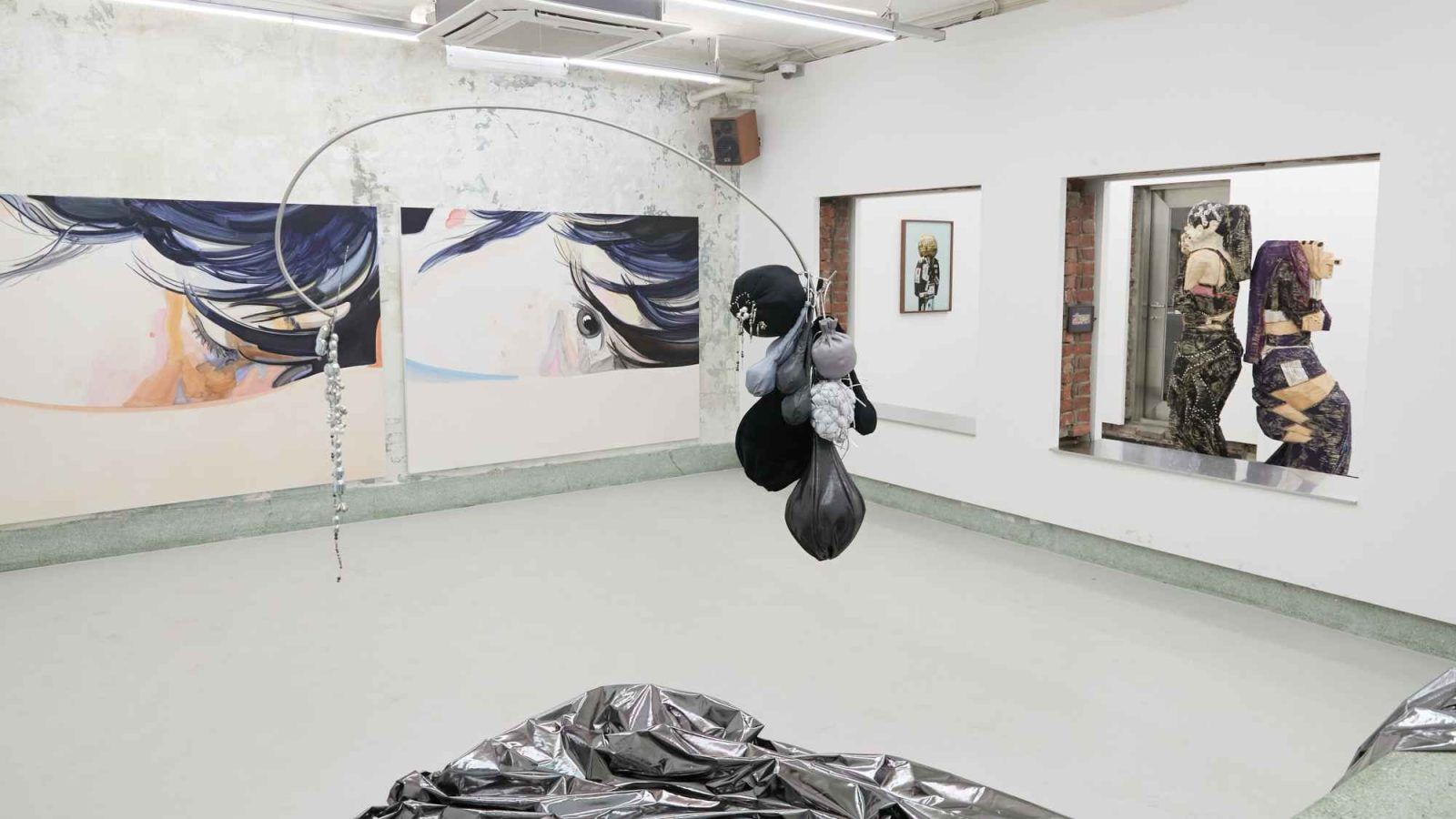Seoul Spotlight: Curator Sungah Serena Choo on the Evolution of South Korea’s Art Landscape


The curator has been at the forefront of Seoul’s explosion of non-profit and independent art spaces. She shares her tips on the best places to drink as well as the exhibitions to catch during Seoul’s Art Week.
There’s possibly no greater witness of the changing landscape of Seoul and its art institutions than the curator Sungah Serena Choo. Currently, she’s a curator of contemporary art at the Leeum Museum of Art.
After studying painting and art theory at university, Choo started her career as an exhibition coordinator at the Seoul Museum of Art. But out of desire to bring her own perspective, she switched to become an independent curator, collaborating over the next seven years with several profit-driven and non-profit institutions in Seoul, garnering a reputation for discovering new talents and giving a platform to new voices within the city’s art scene.

“My role is to visualise and bridge the questions that were simmering just below the surface, waiting for someone to bring them to light and empathise with them,” Choo says, adding that one of the greatest privileges she enjoys in her work is the ability to build trust with the city’s artists through close discussions about their work and creative processes in daily life. “This dynamic freedom serves as a driving force behind engaging in exciting experiments and explorations within the art world.”
Regarding the city’s art scene, she says, “There’s been a huge switch in how the younger generation of artists and curators builds up their voices.” Choo says the art scene was evolving and blossoming for many years before the recent influx of international and commercial galleries, and the institutions began changing the landscape in Seoul.
“In the early- to mid-2010s, there was an explosive growth of collectives wanting to operate their own spaces that work as both studio and exhibition venues, as they wanted to create more and weren’t embraced by traditional institutions.
“I think now is a transitional period in which things co-exist without being biased to one side or the other in the process. I’m now seeing many local artists have opportunities to show abroad. The scene has been divided into those who are wary of or actively embrace the conflation of commercial and non-commercial.”
I grew up in the Buam-dong area, which is behind Gyeongbokgung Palace, surrounded by mountains and brooks. The area has a perfect balance between nature and the city; many past prominent artists and scholars lived here.
There’s always such an explosion of shows and events at this time, it’s hugely exciting. I’m most looking forward to a solo show of Korean-American artist Anika Yi at the Leeum Museum of Art and a group show of Korean artists at the Ilmin Museum.
Many foreigners understandably get nervous about the mobility issue in Seoul as Google Maps is inaccurate in Korea. I recommend downloading the Naver app for maps, and Kakao and IM for grabbing taxis.
Gwanghwamun Jip, a humble old restaurant down a back alley in the Jongno District, is famous for its traditional Kimchi stew known as Kimchi Jjigae.

I love the cocktails at Bar Swallow in the Hannam area, and Ryul in Jougno-gu serves a great wine selection alongside small plates.
Seoul has many museums designed by well-known architects, such as the Leeum Museum of Art, the Amore Pacific Museum of Art and the SongEun art space. There’s also the traditional historical places found in the four city walls of Seoul, like Gyeongbokgung Palace, Deoksugung and Changgyeonggung Palace.
It’s possible to hike the trails of both Inwang Mountain and Bugaksan Mountain, which are easily reached from the city centre. Those who make the short hike will be rewarded by the views of Seoul.

The city’s independent spaces are shaping the contemporary art scene in Seoul and are always the best places to go. Check out Doosan Gallery, Space Cadalogs and N/A in the Euljiro area, and near Gyeongbokgung Palace see Space Sarubia, factory2, Art Space Boan, Primary Practice and Museum Head.
(Hero Image: Installation view of Ziggy Stardust, N/A (2022), copyrights N/A)